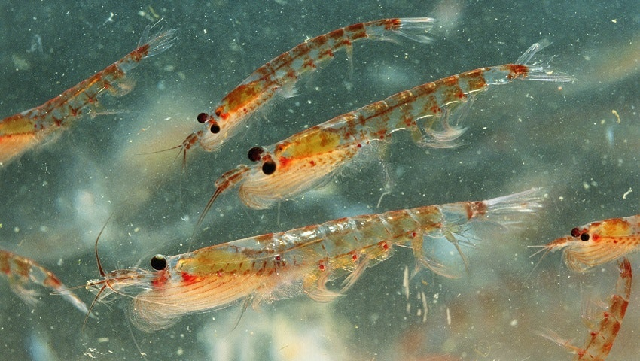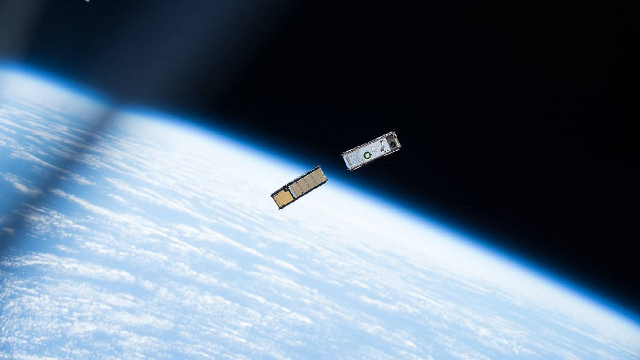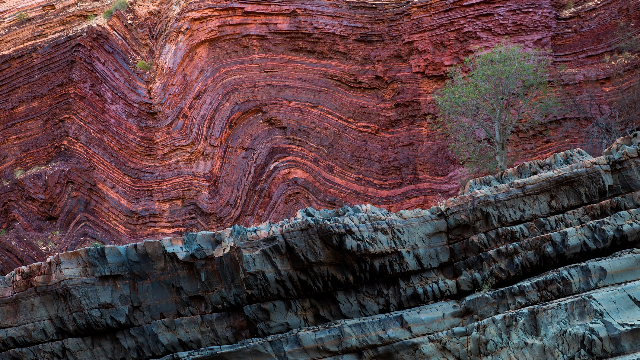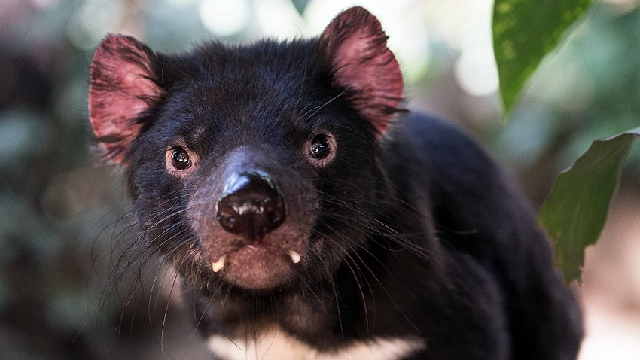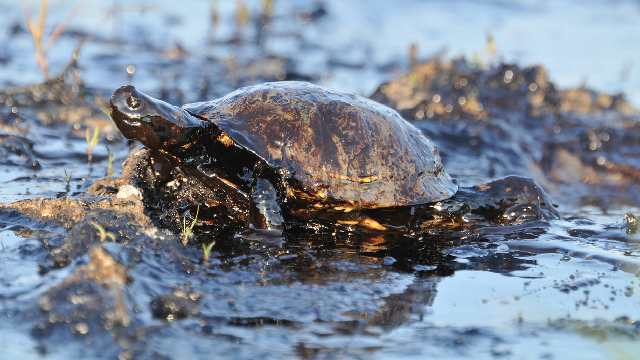Carbon pumping: in for the krill
The ocean’s real heavyweight is a vital but poorly understood creature, say scientists. Use this thought-provoking article with students in years 4, 6, 7, 8, 9, and 10 studying Biological, Chemical or Earth and Space Sciences. It would be particularly … Continued
